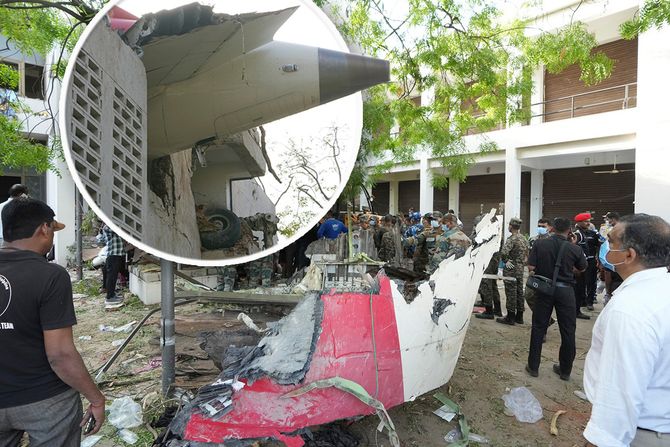The recent Air India plane crash near Ahmedabad airport in India has drawn significant global attention and sorrow. The plane crashed just minutes after takeoff, killing almost all passengers and crew except one survivor. Investigations revealed that a mechanical failure in the pilot’s seat locking mechanism led to loss of control of the aircraft. Families of the victims are awaiting identification of bodies, while the public is grappling with shock and grief. Stories of survivors and those who avoided the crash due to last-minute changes in plans have been highlighted in the media. This tragedy has sparked varied reactions and analyses depending on political and media perspectives.
Political Perspectives:
Left: Left-leaning media emphasize the human tragedy and the impact on families of the victims, highlighting the sorrow and the need for accountability in aviation safety. They focus on the emotional stories of survivors and those who narrowly escaped the crash, as well as the importance of thorough investigations and improvements in airline safety standards.
Center: Center-leaning outlets report the facts of the crash, the investigation findings about the mechanical failure, and the ongoing efforts to identify victims. They provide balanced coverage of the incident, including official statements from authorities and the airline, and the broader implications for aviation safety without heavy editorializing.
Right: Right-leaning media may focus on the technical aspects of the crash, including the mechanical failure and potential negligence in maintenance. They might also highlight the airline’s management and government oversight, sometimes framing the incident in the context of regulatory failures or broader critiques of public sector management.



